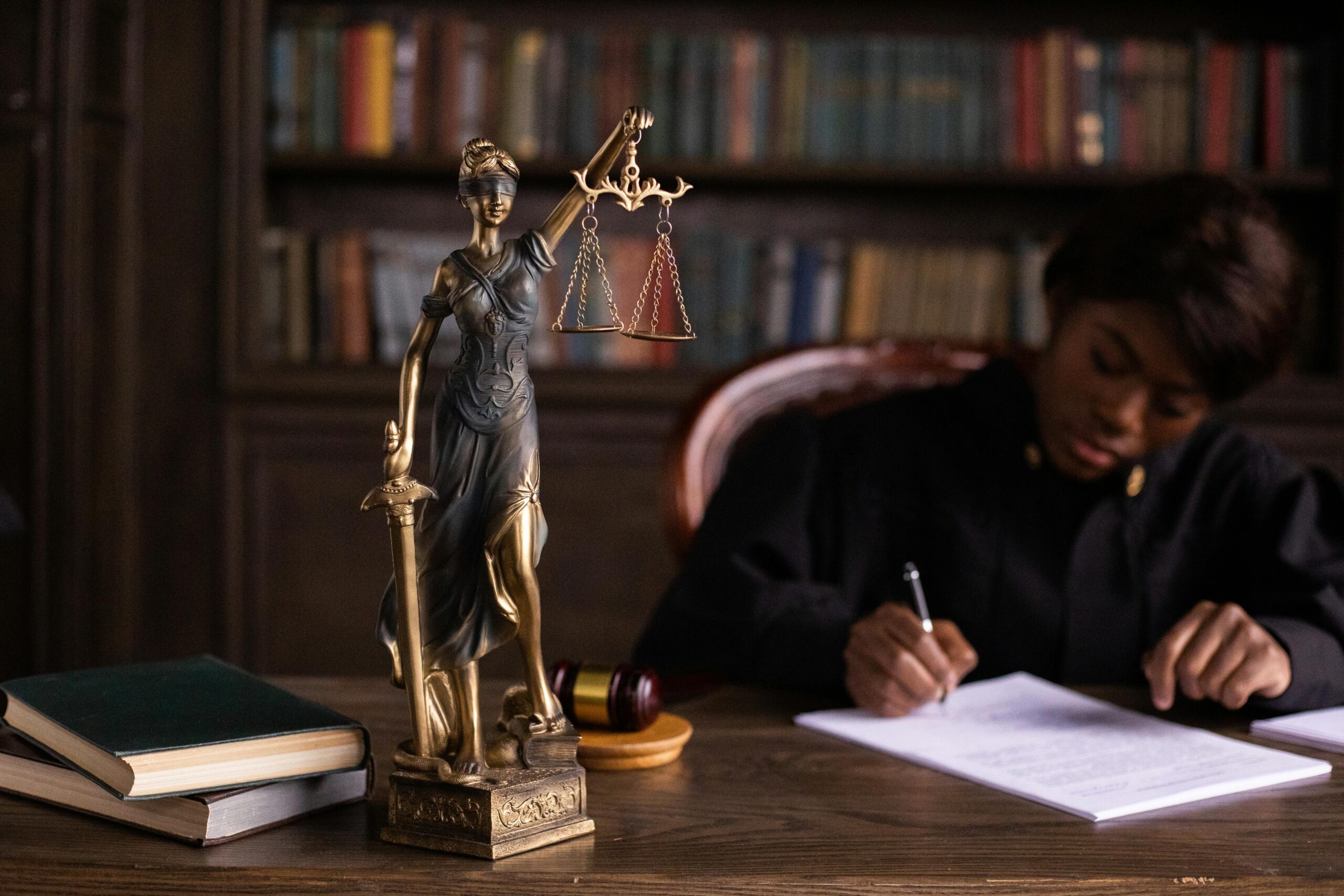Published On: 30th October, 2024
Authored By: Tanmeet Singh Sachdeva
University of Surrey
Abstract
The law of vicarious liability has always been regarded as a controversial area within tort law. There has been a long-lasting debate when deciding whether someone should be held liable for another’s tort. This article looks to examine the doctrine of vicarious liability, this occurs when the defendant (in many instances this is the employer) faces liability for the actions of another. The article uses landmark cases and developments within the law to address the fairness and efficiency of the doctrine. The article concludes that while the law of vicarious liability contradicts the concept of fault-based liability, it is justified because the employer has full responsibility of the employee, and it gives a victim a just and practical remedy.
Introduction
The established principle of vicarious liability has implications in various industries, this includes business, education, healthcare, as its purpose is to ensure that those who have been a victim of a tort receive compensation of some sort. This is because the defendant (usually the employer) is expected to be able to have the means to compensate than the other party (usually the employee). This article looks to explore the law in much more detail and question its fairness and efficiency.
Background
The law of vicarious liability has evolved more than ever. Vicarious liability in the 20th century was imposed using the Salmond test which was a 3-part test. Firstly, for an employer to be found liable an employee commits an unintentional tort, the person committing the tort is an employee and the tort occurs in the course of employment. Vicarious liability however has grown as key cases such as Lister v Hall[1] have introduced a new approach to finding liability. The court now asks, was the relationship akin to employment? Was the commission of the alleged tort closely connected to the employment?
Compensation
There are many aims of tort law, one is to ensure the victim is in the position before the tort even happened.[2] Vicarious liability aims to do this by getting the employer to compensate the victim instead of the tort feasor. This is because the employer is more likely to be able to compensate than the tortfeasor. This reason was used to justify the liability imposed in Limpus v London General[3] and Rose v Plenty[4] where it was argued that the decisions were harsh on the employer, but it was necessary to satisfy the aim of tort law which is to provide a remedy to the innocent claimant. However, Lord Sumption has recently stated the issues regarded in the law of compensation as he believes there is a compensation culture growing and the law is being too generous allowing too many claims.[5]
Control
It is argued that that as the employer has control over the actions of the employee it is right for them to be found vicariously liable. In Armes v Nottinghamshire CC,[6] the victim was a small child who was abused by his foster parents and the blame fell onto the council as they were the ones to have placed him and therefore they were vicariously liable due to sufficient control.[7] Although, there has been an argument put forward that being found liable based of the fact the employer controls the employee is contradictor to the fault-based liability principle. Fault-based liability is imposing liability on the person who was the factual cause of the damage.[8] It is important for English law to honour the principle of fault-based liability they must abolish vicariously liability.[9]
Responsibility
In addition, employers have a social responsibility towards their position and work and should think of think responsibility as a cost of their work. However, in today’s day of age work has become much more flexible as people have started to work from home, therefore it’s not always possible to manage someone or supervise them and this can make it unfair to impose liability on the employer. In addition, the tort happens prior to the employer finding out that the employee has behaved negligently or criminally and if the employer does make any decision against the employee this would be contradicting natural justice because all the decisions need to be taken at the time of the tort and not after.
Discussion
Vicarious liability has always provided a debate surrounding the fairness of finding employers liable whilst it goes against the normal principle of fault-based liability it does provide compensation to the victim which can be viewed as up hailing fairness. This is done by balancing the different interests, the rights of the employer with the interests of the victim.
A core justification of vicarious liability has always been that a practical remedy is needed to provide the victims. Therefore, the employers were found liable as the rationale behind this decision is they are in a stronger financial position. This was demonstrated in the cases of Limpus v London General[10] and Rose v Plenty[11] as the courts prioritised victim compensation. However, Lord Sumption has pointed out that law has been far too generous as it engages in claims that goes against the aim of tort law.
Conclusion
The law of vicarious liability has been fundamental in ensuring that victims of tort have the ability to access compensation, especially in those situations where the tortfeasor does not have the means to compensate. Furthermore, over time the law has evolved and developed and now covers many forms of relationships which is beyond the classic employer-employee relationship and hence promoting the values of fairness by balancing it with policy objectives.
However, the law has been criticised. The issues and concerns around the law of vicarious liability is to do with fault-based liability, concerns around the “compensation culture” which Lord Sumption has raised and the difficulties of ensuring social responsibility can occur as modern times has posed many challenges such as working at home and therefore making it difficult for the employer to supervise and keep track.
In conclusion, while the law of vicarious liability does contradict with the fault-based liability principle, it does so to provide victims the compensation they so deserve and whilst the employer may not directly be at fault, they are responsible of the employee who normally is at fault.
References:
Cappelletti M, ‘A pluralist view of vicarious liability in tort’ (2022), Law Quarterly Review,61,71
Goudkamp J,’ Rethinking fault liability and strict liability in the law of torts’(2023), Law Quarterly Review,269, 273
Graziano T, ‘The Purposes of Tort Law: Article 10:101 of the Principles of European Tort Law Reconsidered’ (2023) 14 Journal of European tort law 23,23
Sumption J,’ Abolishing personal injuries law-a project’ (2017), 34 Professional negligence,113,115
[1] [2001] UKHL 22 [2002] 1 A.C. 215
[2] Thomas Kadner Graziano, ‘The Purposes of Tort Law: Article 10:101 of the Principles of European Tort Law Reconsidered’ (2023) 14 Journal of European tort law 23,23
[3] 158 E.R. 993
[4] [1976] 1 W.L.R. 141
[5] Jonathan Sumption,’ Abolishing personal injuries law-a project’ (2017), 34 Professional negligence,113,115.
[6] [2017] UKSC 60
[7] [2017] UKSC 60, 55
[8] James Goudkamp,’ Rethinking fault liability and strict liability in the law of torts’(2023), Law Quarterly Review,269,273.
[9] Marco Cappelletti, ‘A pluralist view of vicarious liability in tort’ (2022), Law Quarterly Review,61,71.
[10] Limpus (n3)
[11] Rose (n4)





